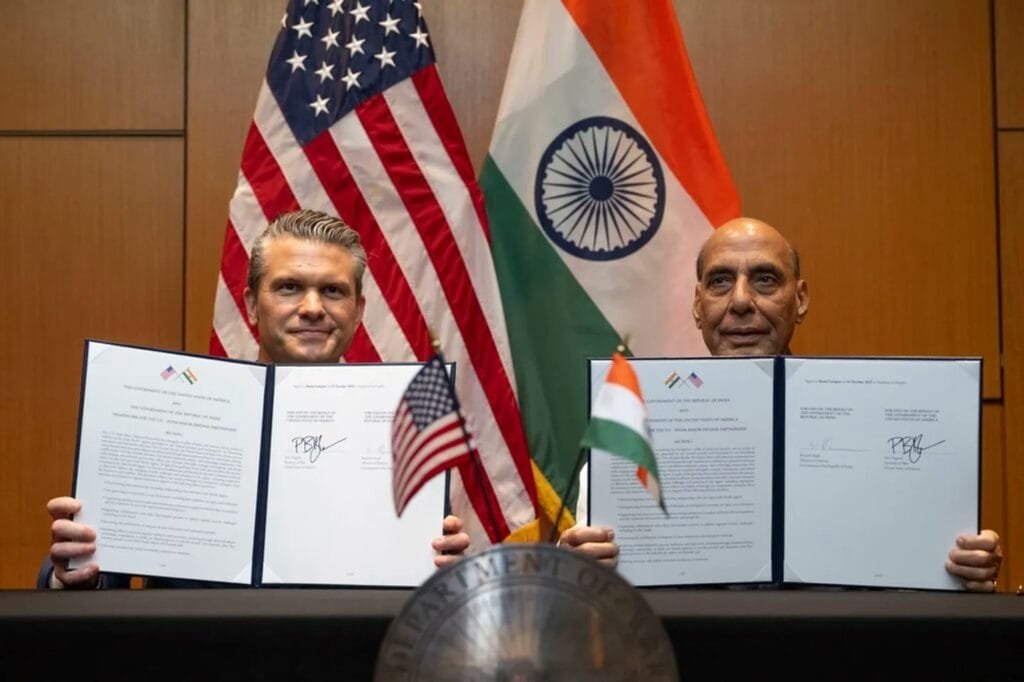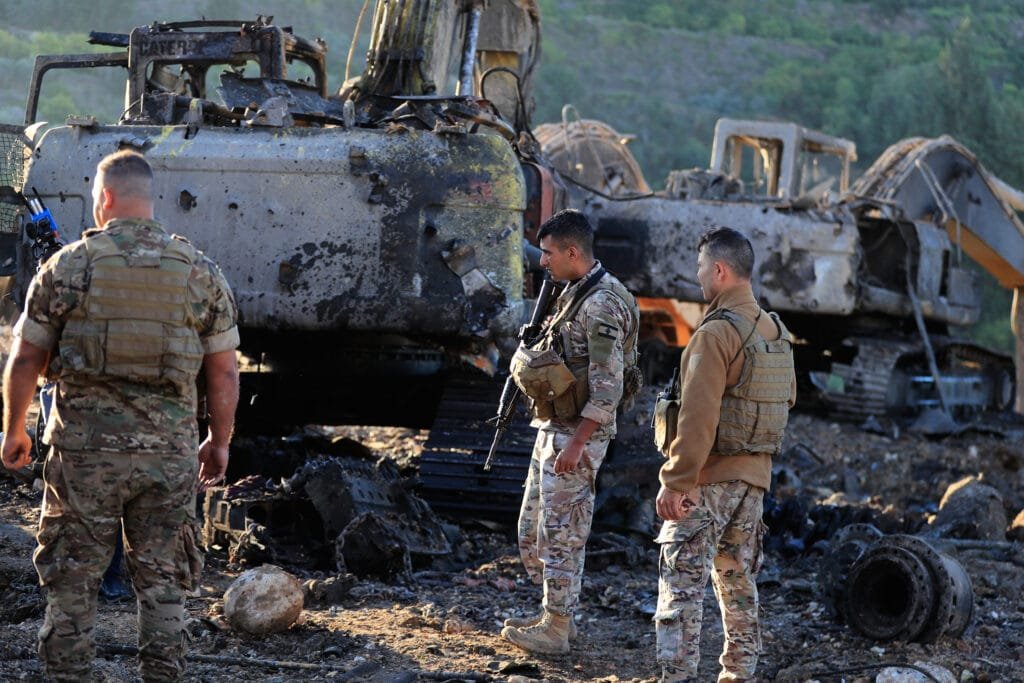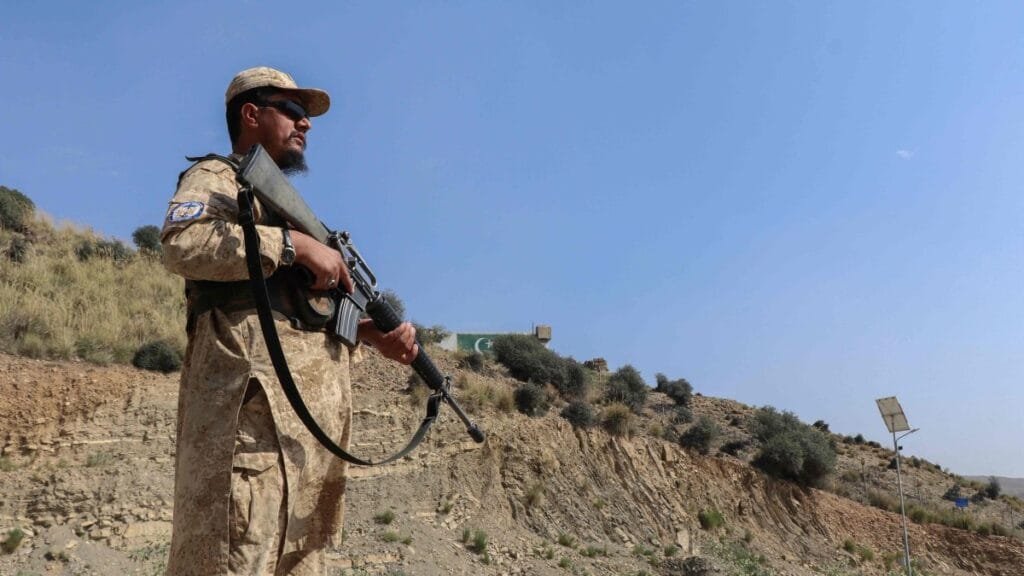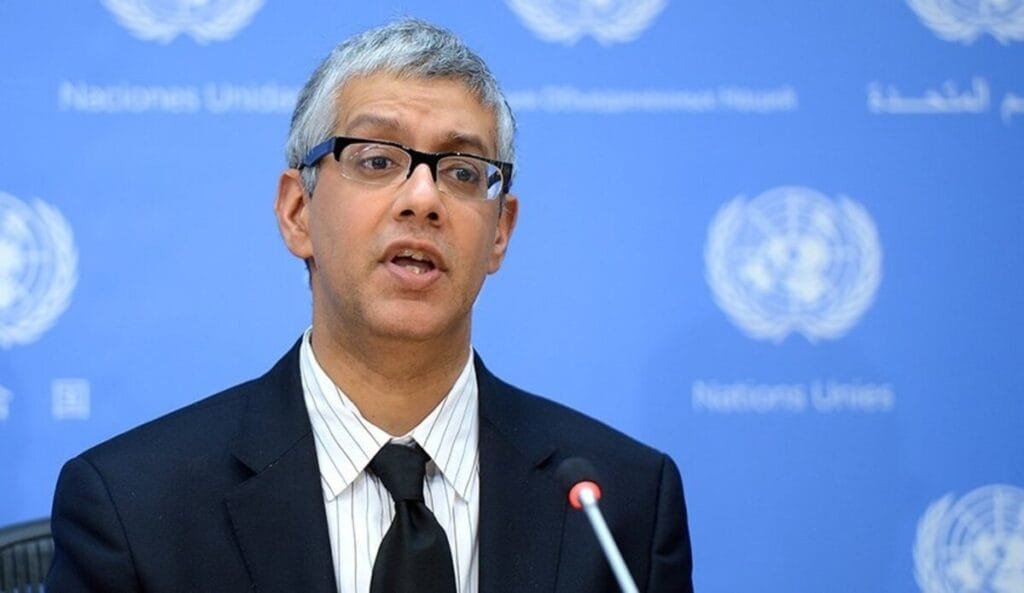President Donald Trump announced on July 28, in Scotland that he is dramatically trimming the 50‑day ceasefire ultimatum he issued to Russian President Vladimir Putin earlier in July, slashing it to just “10 or 12 days from today” amid mounting frustration over what he called Moscow’s failure to deliver on peace-talks progress. He warned that if Russia does not move toward ending the war in Ukraine within that shortened window roughly by August 7–9 his administration is prepared to hit Russian exports and companies still trading with Russia with escalating penalties, including secondary tariffs of up to 100 percent.
Trump voiced deep disappointment with Putin, citing continued missile strikes and drone attacks on Ukrainian cities even following diplomatic discussions, saying bluntly that “we just don’t see any progress being made” and that there was “no reason to wait” longer before imposing consequences. He conveyed this message alongside British Prime Minister Keir Starmer during a meeting at his Turnberry golf resort in Scotland.
While the original 50-day deadline had been announced on July 14 as a grace period before sanctions kick in, analysts in Washington and Europe questioned whether the lack of detailed legislative backing or coordination might undercut the threats’ credibility especially as rivals like China and India remain Russia’s top energy buyers, lessening the impact of secondary sanctions.
Ukrainian officials welcomed Trump’s firmer approach. Andriy Yermak, chief of staff to President Zelenskyy, thanked Trump for delivering a strong message, stating that “Putin understands only strength”. The Kremlin, however, has yet to respond formally. Former Russian President Dmitry Medvedev dismissed the ultimatum as posturing, warning that such rhetoric risks escalating tensions up to a confrontation with the U.S.





